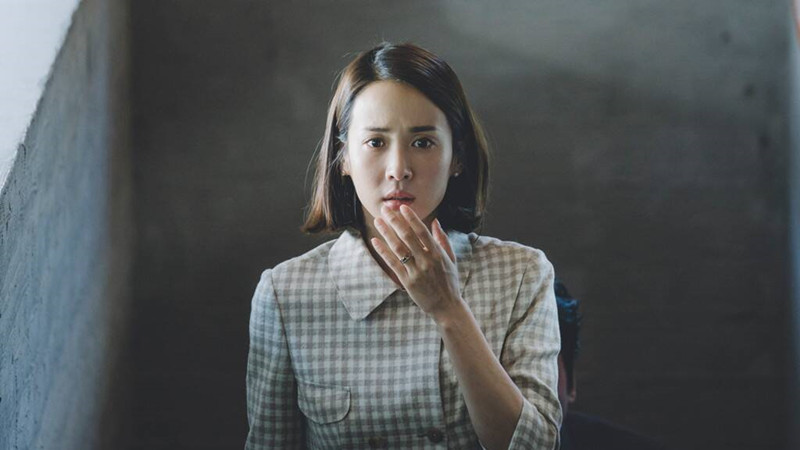
We currently live in a time full of heartache and confusion, where governments, conglomerates and the media appear to be getting less trust-worthy with every passing day. With that being said, there has never been a more prescient moment in modern history where satire is needed more than right now. Satire is at its best when it finds the perfect balance of anger and humour, seeking to point out the many hypocrisies strewn around our society. But rather than allow the public to view these double standards as something to be feared, satire allows us to twist and shape them into nothing more than an object of ridicule.
One of the most common outlets of this brand of humour that has been expertly exploited for many centuries is the bourgeoisie. The bourgeois lifestyle is commonly depicted as morally deficient, wealthy consumerists whose sole objective to hold onto or possibly advance their social prestige by any means necessary, even if it means more hardship for the lower classes.
Cinema has been a clear exponent of culture that has highlighted the appearance of conspicuous consumerism that runs rampant from the upper-middle class to the aristocracy. Some of these films have provided audiences with a view of this moral and intellectual decay that resides within the chief benefactors of capitalist society and, as a result, produced some of the finest films ever made that still provide an important message to the masses to this day.
1. My Man Godfrey (1936)
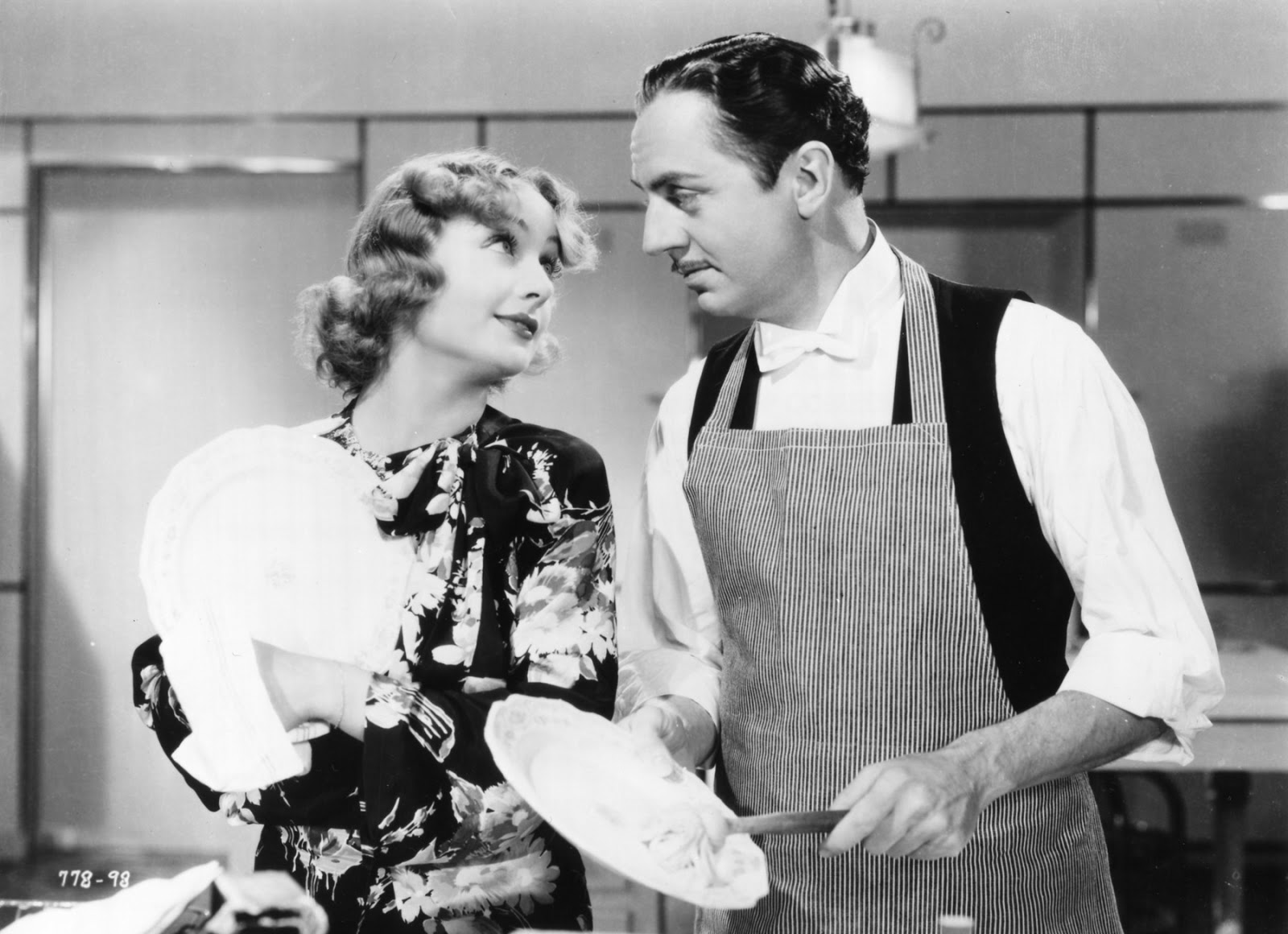
On a personal note, one of my favourite subgenres of cinema is the classic screwball comedies that were commonplace during the Golden Age of Hollywood. Screwball comedy is in of itself satire to its very core as it spoofs the traditional concept of love stories with elements such as escapist themes, farcical situations and an over-abundance of face-paced witty dialogue. Yet despite these tropes that in the wrong hands would only be used as a weapon of ridicule, instead it makes the romance feel more believable, these characters are far from perfect but we fall in love with them because of their flaws. And one of the finest films ever to perfectly blend mismatched romance with social commentary is Gregory La Cava’s masterpiece, My Man Godfrey.
The film follows the titular Godfrey, played impeccably by William Powell, a so-called ‘forgotten man’ who despite coming from a wealthy background, dropped out of high society after suffering heartbreak over a love affair gone bad. After becoming a vagrant living on a dump with other homeless men, his luck turns around after being offered the position of butler to the Bullocks, a family of socialites that espouses the spoilt and decadent lifestyle that comes with being part of bourgeoisie.
The family’s two daughters are the ones that provide the most difficulty for Godfrey; the eldest Cornelia is cruel and overindulged to the point that she takes sadistic relish in her attempts to discredit the newly appointed butler. The younger daughter Irene, played by the legendary Carole Lombard, on the other hand is completely smitten with Godfrey from the moment she lays eyes on him. Her scatter-brained yet kind-hearted eccentricity bounces beautifully off of Godfrey’s poised and calm demeanor until he finds himself reciprocating her love, even if it is in his own stoic way.
The film’s romance is always a joy to watch but the film’s main majesty lies in its themes and morals. In the end the Bullocks are saved from financial ruin thanks to the foresight of Godfrey, and are left with the knowledge that their lavish lifestyle would have meant their complete ruin had it not be for the kindness of a ‘forgotten man’.
2. The Rules of the Game (1939)
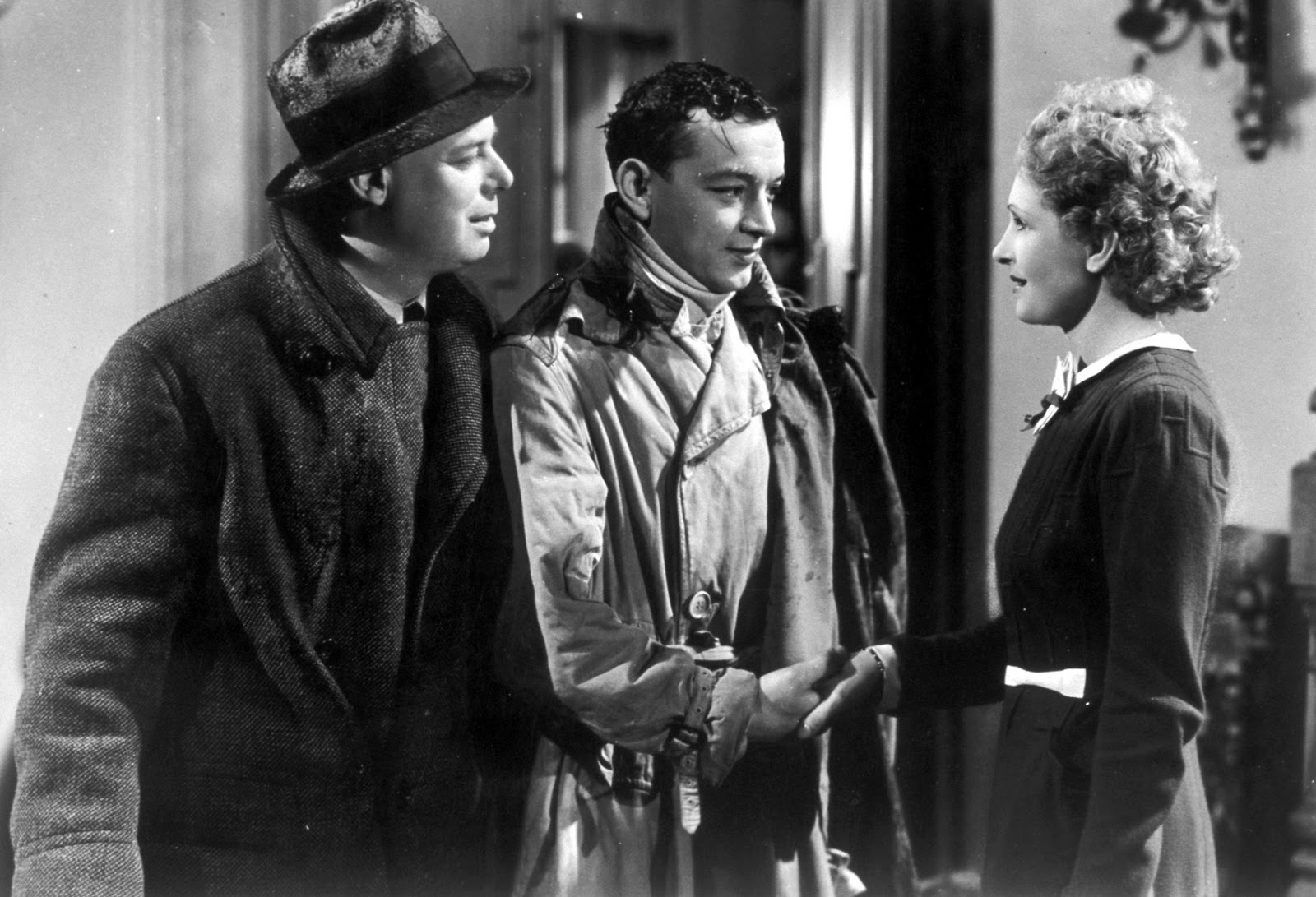
There are not many films in the entire history of cinema that has earned such a revered status as Jean Renoir’s The Rules of the Game. This classic comedy of manners has reached a legendary reputation among film lovers, not only because of its deserved critical appreciation but also the incredible story behind its rediscovery.
Back in 1939, Renoir was seen in his home country as France’s finest director that could do no wrong, however after the release of The Rules of the Game he was heavily lambasted by not just audiences and critics but the French government who saw it as damaging against the nation’s values at the time. This reception caused the film to be cut drastically and was left to be forgotten as nothing more than a cinematic failure. Thankfully in 1956, original material for the film was found and under Renoir’s supervision, the classic was all but restored to its original form.
The film’s plot depicts members of the French upper class and their servants during a lavish hunting weekend on the eve of World War II. Renoir uses the film’s moments of comedy with exquisite expertise, from the character’s repartee to its slapstick sequences, but it never at any point allows the humour to override the movie’s message. Throughout the film’s runtime, the aristocracy are presenting as being overly callous and self-absorbed even when certain doom is staring them in the face. It’s easy to see why the French public derided the film so vehemently, because one of their prized artists had the temerity to question his nation’s values at such a frightening time.
Filmed between the Munich Agreement and the official outbreak of war, Renoir saw the Nazis were getting closer and closer while the upper class in France, Britain and the United States continued to ignore the threat of fascism, and got upset when he forced them to entertain the idea of accountability. This film should be a starting point for any budding satirist, when true evil is staring you in the face, alert the rest of society to it before that evil consumes us all.
3. Mon Oncle (1958)
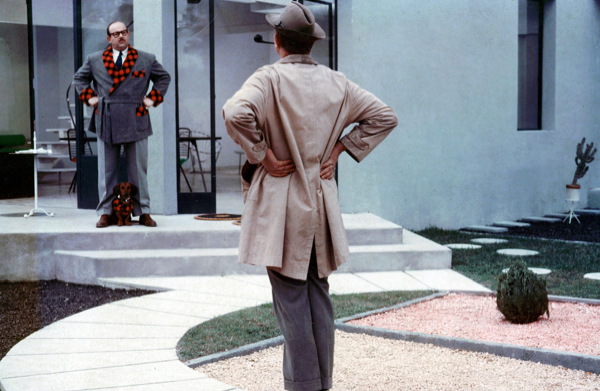
It truly pains me that Jacques Tati doesn’t have the worldwide recognition as a genius auteur on a wider scale. Commonly described as the French equivalent of Chaplin or Keaton, and while I understand to be classed in the same discussion as those two icons is a huge compliment, I can’t help but feel that statement still undermines the talent Tati possessed. Sure, the obvious similarities can be made that like Chaplin and Keaton, Tati wrote, directed and starred in his own films, which are still admired to this day. But in a career in cinema that spanned fifty years, Tati only made six-feature length films. Fortunately for us, the six pictures in question are fully deserving of their lasting glory. While I believe his magnum opus to be Playtime, his 1958 satire of consumer society Mon Oncle, deserves a reputation of equal stature.
Mon Oncle sees Tati reprising his famous role of Monsieur Hulot, a naïve yet loveable character who frequently clashes with the ever-growing reliance of technology in an increasingly modern world. This film sees Hulot visit his sister’s family who live in an absurdly designed house filled with trendy yet impractical gadgets as a way of being perceived by their neighbours as living a bourgeois lifestyle. His sister’s young son is quickly taken to Hulot’s bumbling mannerisms and fastens himself to his uncle at all times, dismayed by their son’s infatuation with his uncle, his mother and father seek ways to keep Hulot occupied, which of course leads from one hilarious disaster to another.
The genius of not just this film but Tati’s brand of visual comedy in general, despite a noticeable lack of dialogue throughout, Mon Oncle is packed with plenty of sights gags within every scene while the film’s beautiful use of colour and lighting not only accentuates the jokes but also aids the story. I implore all of you reading this who hasn’t seen any of Tati’s films to go watch them immediately. And even if you have, go watch them again. In a time of such uncertainty and despair, there is no better cure for melancholia than the works of Jacques Tati.
4. La Dolce Vita (1960)
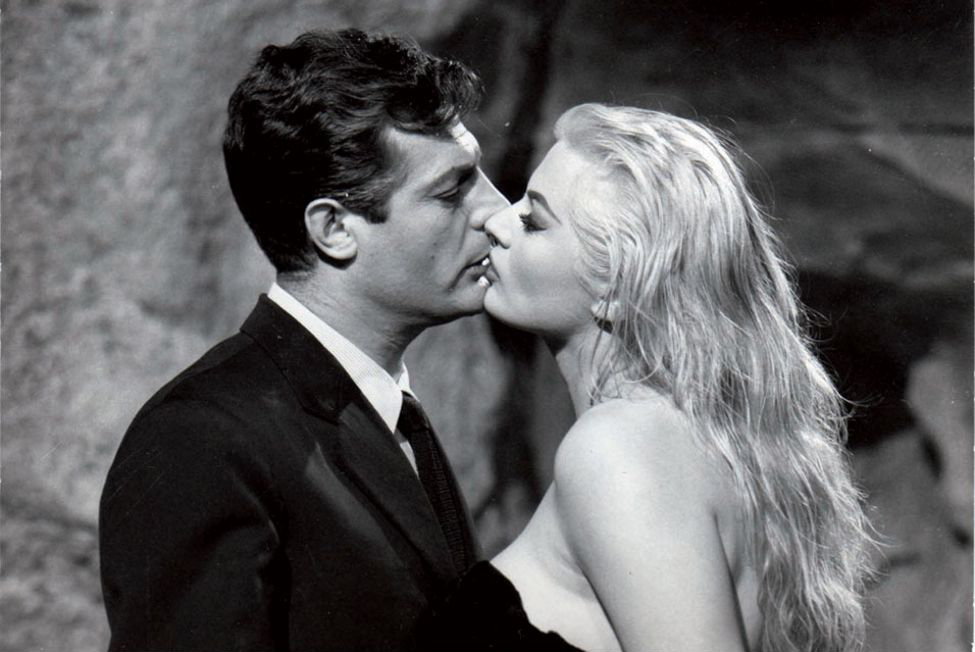
I realise that I’m not breaking any new ground when I say that Federico Fellini is one of the greatest filmmakers ever to have lived, but he also ranks as perhaps the most unique. The Italian filmmaker spent his entire career in films developing his own signature style that will become ingrained into the very fabric of cinema. Blending baroque images within dreamlike sequences, it is obvious to any film-lover that he inspired many of the most revered and imaginative directors still working today, such as Tim Burton, Terry Gilliam and David Lynch. One of his best, if not Fellini’s greatest film, is his 1960 epic comedy-drama La Dolce Vita. The film retains Fellini’s trademark style yet hits on themes and subject matter that feels just as current sixty years later.
La Dolce Vita follows a journalist, played by Italian screen legend and frequent Fellini collaborator Marcello Mastroianni, as he spends seven days and nights in the company of movie stars, intellectuals and the aristocracy. This causes the journalist to go on a journey of self-discovery as he seeks out love and happiness, but instead only finds excess and debauchery along the way.
This is in many ways Fellini’s most savage film, an angry takedown of the glitzy culture of celebrity that existed in Rome after coming out of an intense period of poverty and suffering after World War II. Perhaps the most startling scene of the film that makes this point is the very first one, which sees a statue of Jesus flying over the capitol whilst suspended from cables on a helicopter. Christ’s arms are outstretched as if he was blessing the city only for the scene to cut to Rome’s godless ‘café society’ as they revel in their immoral lifestyle.
The film’s final scene is equally poignant, as it shows the journalist, now fully corrupted by the high life, kneeling on a beach as he sees a young, looking girl who to him represents angelic innocence. The girl calls out him only for her words to be lost to the sound of crashing waves and wind. The journalist ultimately shrugs and rejoins the party of revelers, now fully consumed and corrupted by ‘the good life’.
5. Daisies (1966)
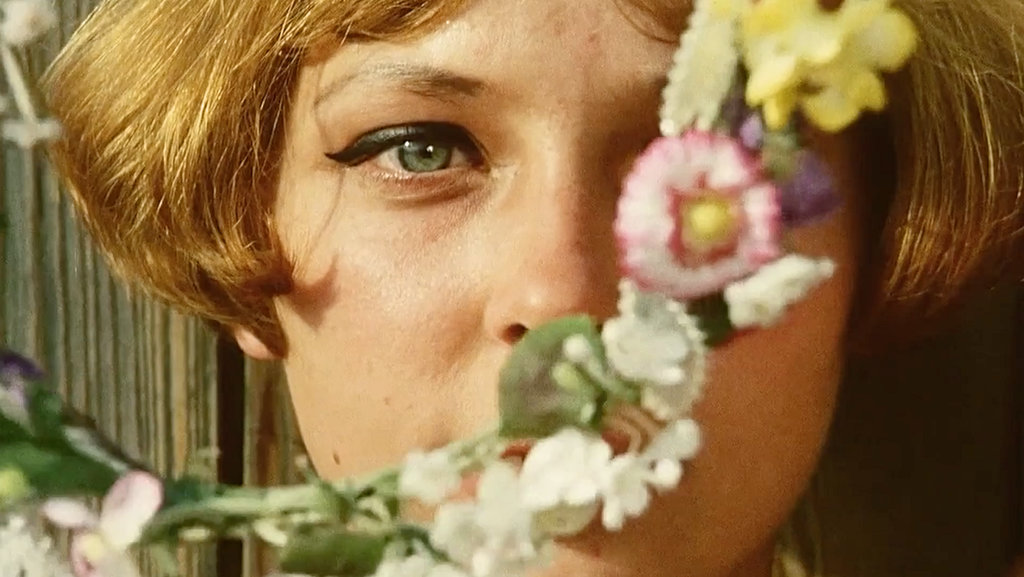
If there has ever been a film movement that fully embodied the ethos of revolution by highlighting themes that were so certain of angering their nation’s government, it has to be the highly influential Czechoslovakian New Wave. Many films that came out during this movement were met with heavy censorship from the ruling communist government as they saw them as highly damaging to the morale of the country’s youth.
If by damaging they actually meant corrupting, then they would be right and the cinema of Czechoslovakia led to much of the political unrest of the nation, known as the Prague Spring, as its youths felt disaffected by their leader’s decadent lifestyles as they were left to wallow in destitution. Much of these films displayed these themes through a blend of dark and absurd humour, and no film better exemplifies this than Věra Chytilová’s 1966 surrealist masterpiece, Daisies.
Daisies is simultaneously a classic work of anarcho-feminist filmmaking as well as an absurd satire of the bourgeoisie. The two protagonists of the film are two teenage girls who inexplicably decide on a whim that they will become bad. Their exploits from that point forward involves going on dates with elder men only to mock them relentlessly while stuffing themselves with rich food, getting drunk at a 1920’s themed nightclub which annoys the venue’s esteemed clientele to finally coming across a large banquet only to engage in a ridiculous, childish food fight. Perhaps the funniest reaction to come out of this film was that 21 parliament deputies objected to the extravagant waste of food during its filming.
The movie’s beautiful Dada-inspired imagery mixed with its chaotic brand of slapstick comedy results in a film that is far more important to the art of cinema than many would have thought on first viewing. Chytilová is truly deserving of her status as a feminist icon whose work will continue to inspire countless numbers of women to stick their middle finger up to the face of the patriarchy, or perhaps to more appropriate, slinging a custard pie in their face.